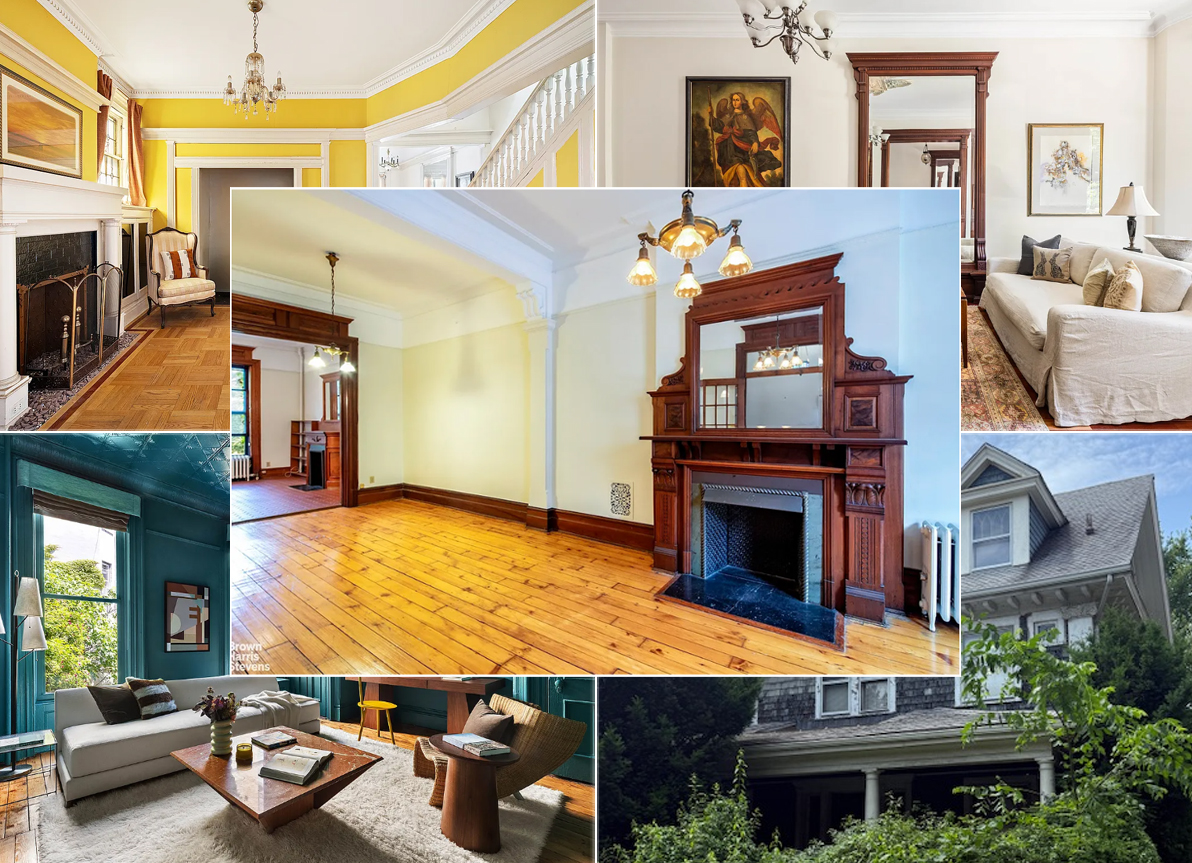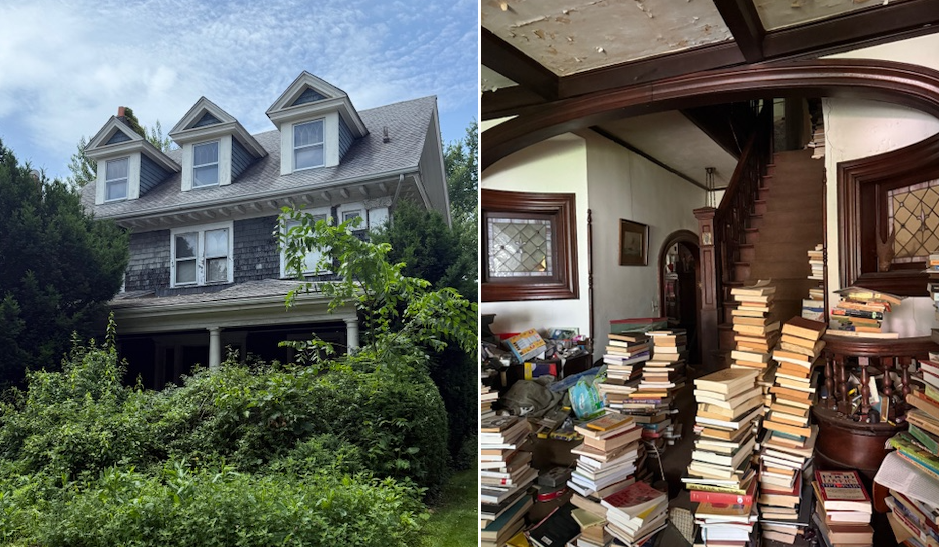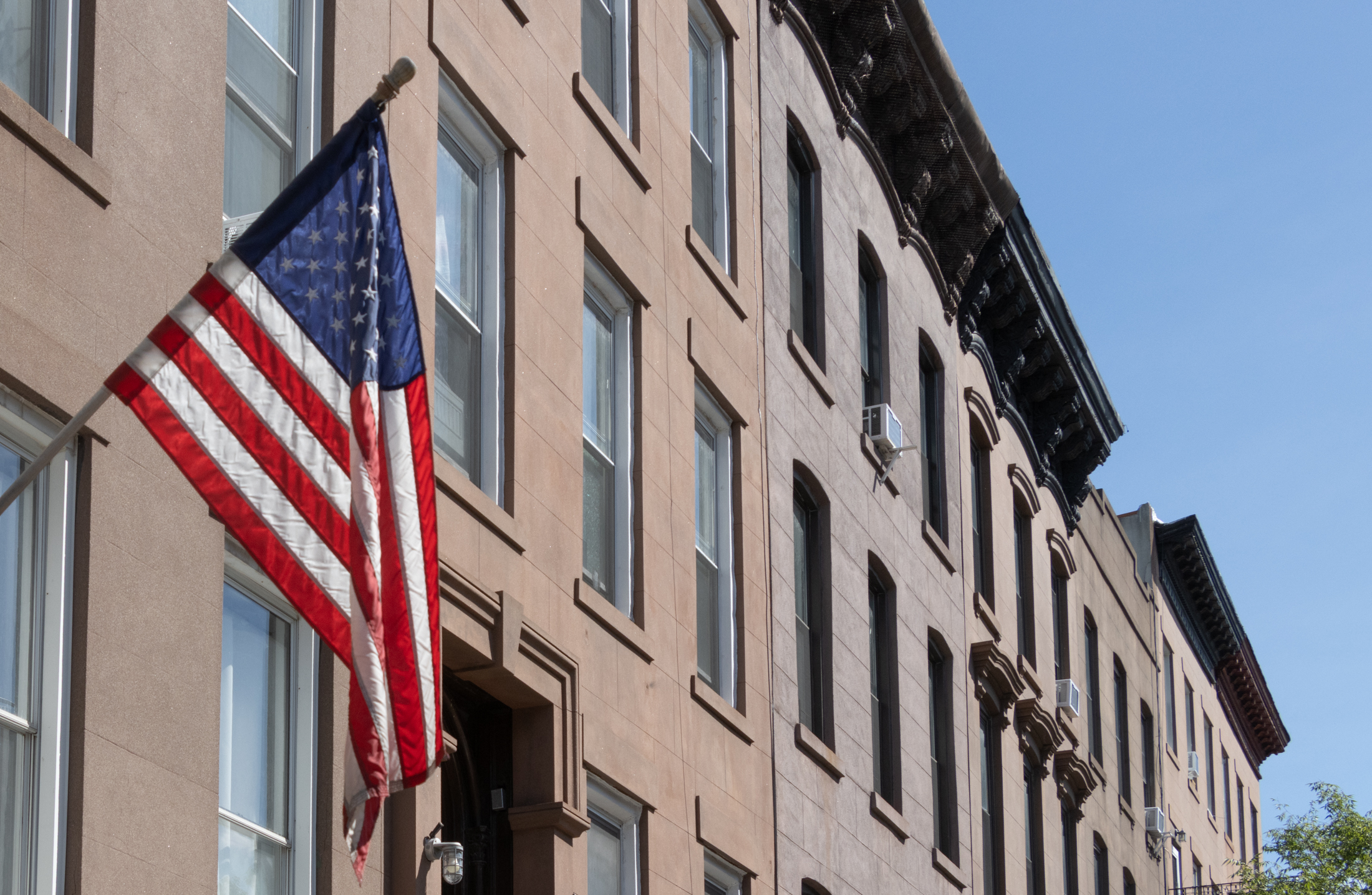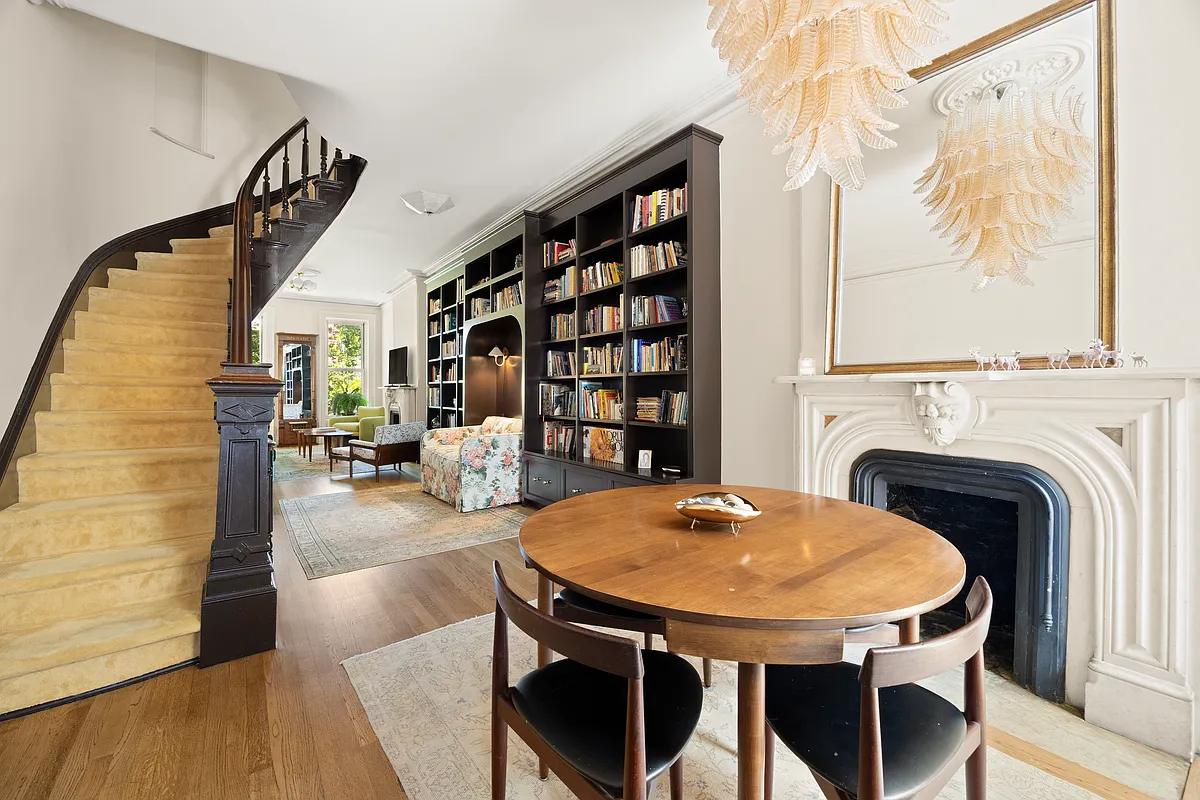Inside Third & Bond: Week 86
Summer is nearly here and it’s been great weather for throwing open windows to let in fresh spring breezes. It’s also been good weather for installing windows at Third + Bond. In Week 36 we talked about the then-new idea of using a heavy gauge vinyl window. We wanted to meet the Energy Star guidelines…


Summer is nearly here and it’s been great weather for throwing open windows to let in fresh spring breezes. It’s also been good weather for installing windows at Third + Bond. In Week 36 we talked about the then-new idea of using a heavy gauge vinyl window. We wanted to meet the Energy Star guidelines but the energy efficient aluminum windows were way over budget. Our vinyl windows from Paradigm ended up costing around $150,000 and we’ve been happy thus far. Installation is around 20% complete and on-going.
The windows are chocolate brown on the exterior and white on the interior. It cost a bit more to have the dual colors but we thought it important for the interior to not have chocolate brown and we could hardly do white on the exterior alongside the red brick and brown panel. In the former case, we’d be making a (bad) bold design decision on behalf of future residents. And in the latter case, we’d probably be sued by Architects Anonymous for putting something so ugly in the public realm.
The window shown above looks into what is currently the construction office, eventually it will be a second floor living room. (Yes, that big, ole fluorescent light is only temporary and not the final fixture.) The largest pane is operable while the others are fixed.
Just judging from opening and closing one window in a not even half finished building, the sound attenuation was noticeable. Not as good as the triple pane windows we used at J Condo, but we don’t have noise anywhere near to the decibel level of the Manhattan Bridge trains either. In addition to being double paned, the windows are Energy Star labeled and have low-e glass. The U-value is 0.31 and Solar Heat Gain Co-efficient is 0.27. (The lower the better in both cases. A typical single paned window has a U-value of 1.1. A Solar Heat Gain Co-efficient of 0.40 means 60% of the sun’s rays is getting through, less than that and you are low-gain.)
When installing the windows, an impervious membrane is put in place between the window and the wall. In the photo, it’s the green sheet outlining the window. This flashing is meant to prevent water from getting into the structure either from rain or condensation.
 If you look closely at the interior photo (click to expand), you can see wood along the left and bottom between the window frame and the metal of the superstructure. Typically, windows are made to be slightly smaller than the anticipated opening because it is far simpler to add fillers to tighten the space around a window than to make an opening larger. In our case, not only did we get windows slightly smaller than the opening but the superstructure contractor also made the openings slightly larger. Thus, we’ve added the wood to snug the window into place.
If you look closely at the interior photo (click to expand), you can see wood along the left and bottom between the window frame and the metal of the superstructure. Typically, windows are made to be slightly smaller than the anticipated opening because it is far simpler to add fillers to tighten the space around a window than to make an opening larger. In our case, not only did we get windows slightly smaller than the opening but the superstructure contractor also made the openings slightly larger. Thus, we’ve added the wood to snug the window into place.
On this interior shot you can also see the lock (vertical metal piece) and crank handle (horizontal metal piece). We’ve asked Kiska to remove the hardware on all installed windows except in the site office because in our experience such hardware ends up broken all too often in the wear and tear of construction. The operable panes also come with screens which we’ve asked Kiska to remove and store for the same reason. Sometimes we hear grumbling when a contractor has to take a step backward in the construction process in order to protect valuable materials taking off all the handles and screens is time consuming and they will all have to be put back on. But that labor time taking them off and storing them is less than the cost of getting replacement parts (including the cost of someone’s time to do the re-order and labor to put them on).
Paradigm is based in Maine and our project marks one of their first in NYC. We’re taking a risk by using a material supplier without tons of NYC references delivering to NYC and building windows appropriate for the types of structures found here might be substantially different from what they are used to handling. There’s also a potential benefit if Paradigm truly wants to expand its NYC costumer base we are worth impressing if they want a useful reference. And so far we’d give a pretty good one.
Inside Third & Bond: Weeks 1-86 [Brownstoner]
The complete offering terms are in an Offering Plan available from Sponsor. File No. CD080490. Sponsor: Hudson Third LLC, 826 Broadway, New York, NY 10003.





We are using rigid insulation beneath the cellar slab and outside the foundation walls under grade and Roxul on the exterior of the building above grade. The Roxul is going up in conjunction with the final facade material so most of it isn’t up yet. We’ve just started masonry this week.
Week 81 was all about insulation!
3rd street- sorry
I still gotta ask… where’s the insulation on the outside wall. Styrofoam, maybe… Paperbacked?-can’t see it.
Sound attenuation?!?!? “the sound attenuation was noticeable. Not as good as the triple pane windows we used at J Condo, but we don’t have noise anywhere near to the decibel level of the Manhattan Bridge trains either”
Yup, there are still no buses or cement trucks or cars on 3rd ave- just eco-friendly bikes and pedestrians.
this place is gonna make an excellent homeless shelter. some new building in crown heights is getting 2700 per apt from the city!
The Building Code would not even let you use single pane glass.